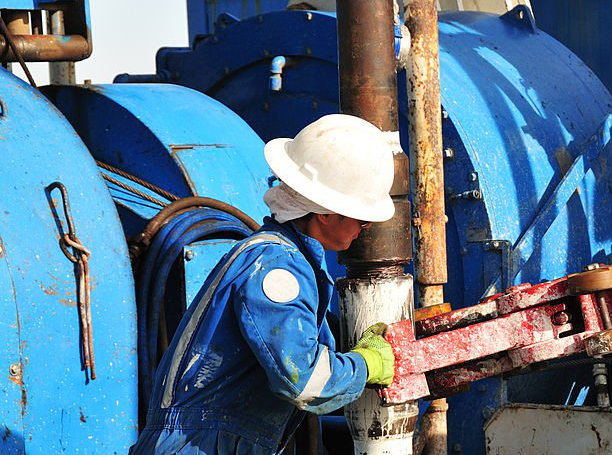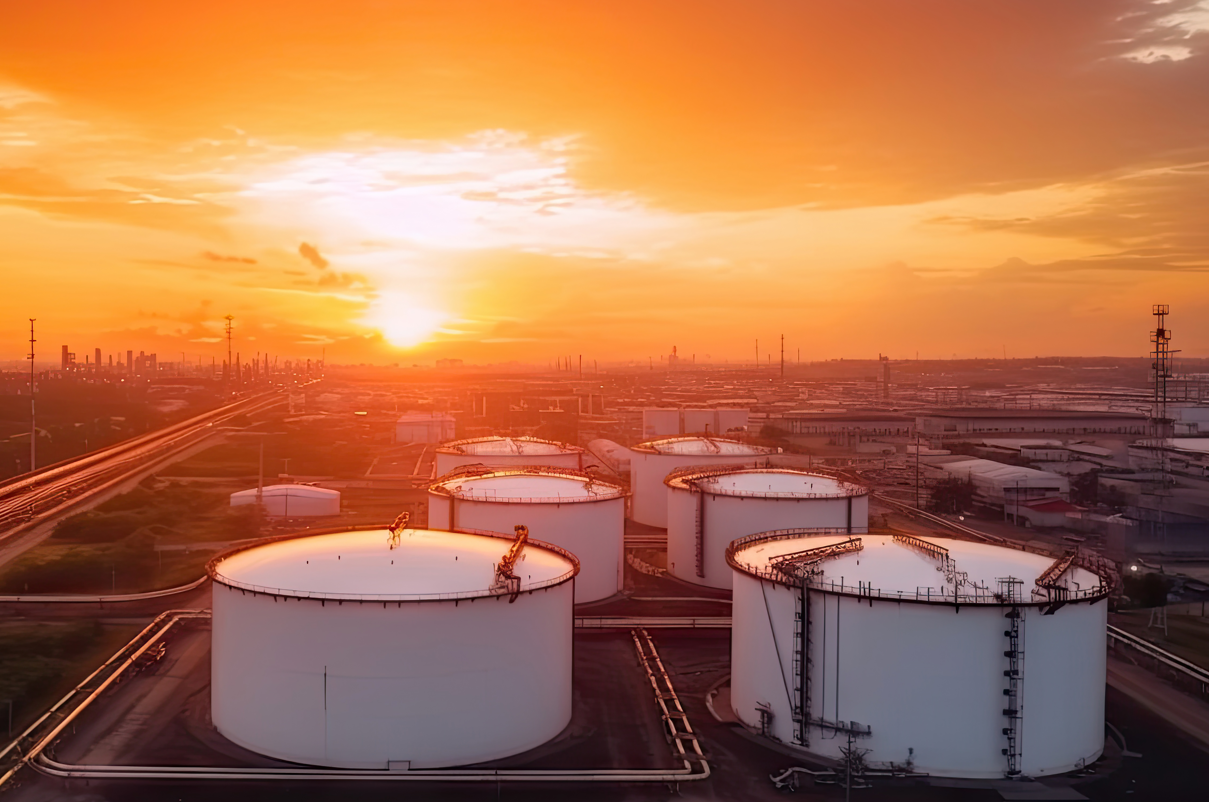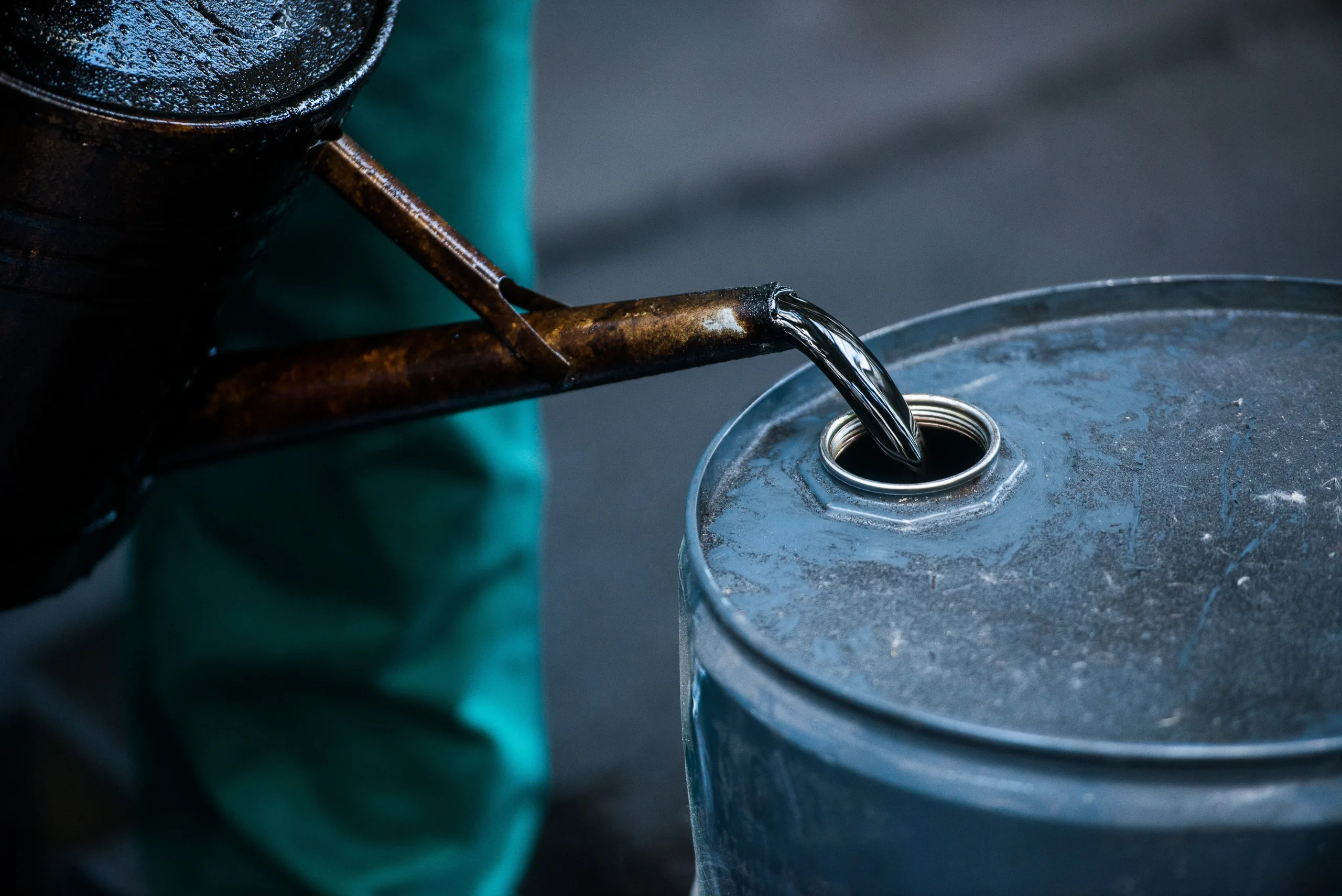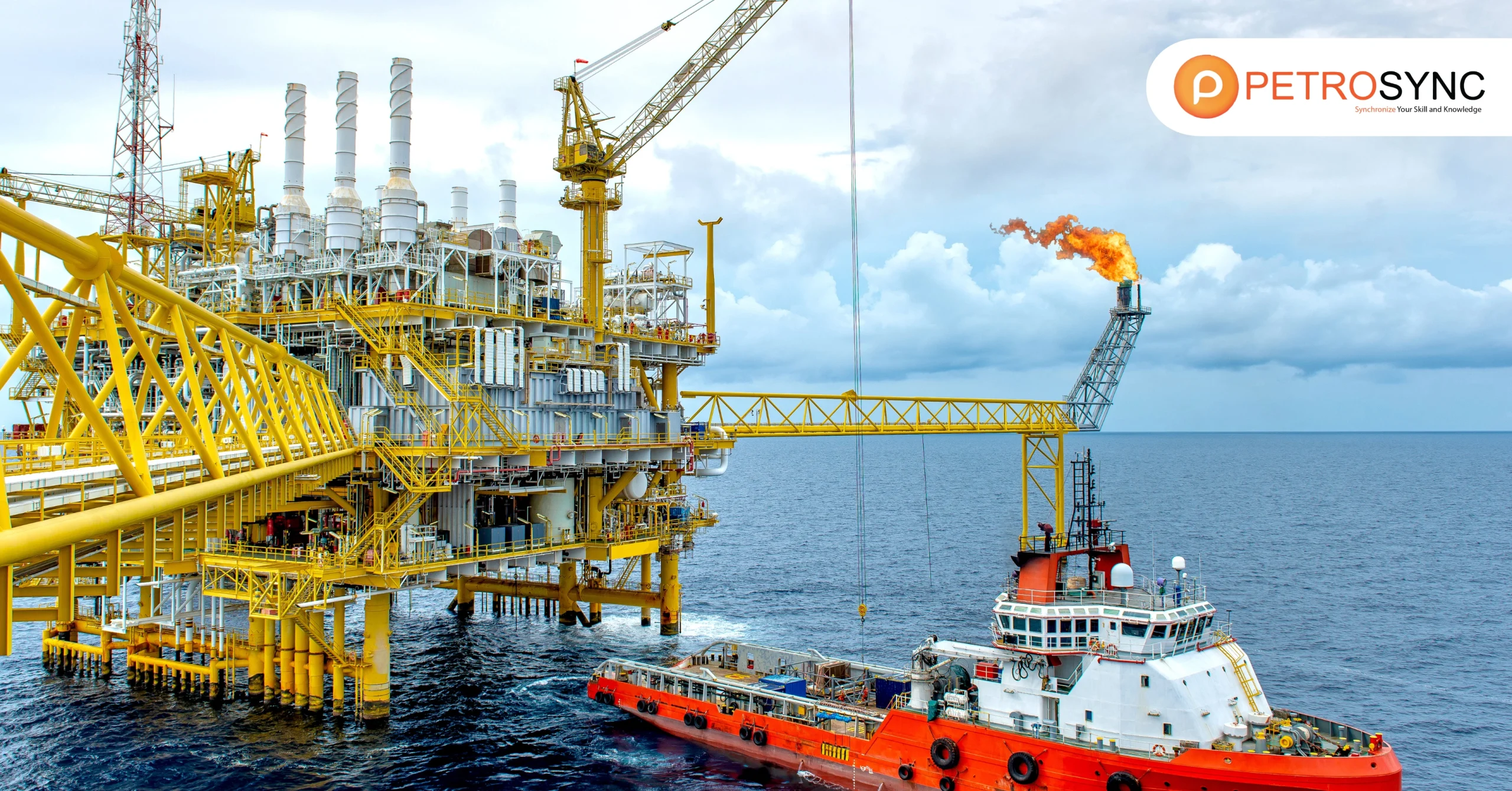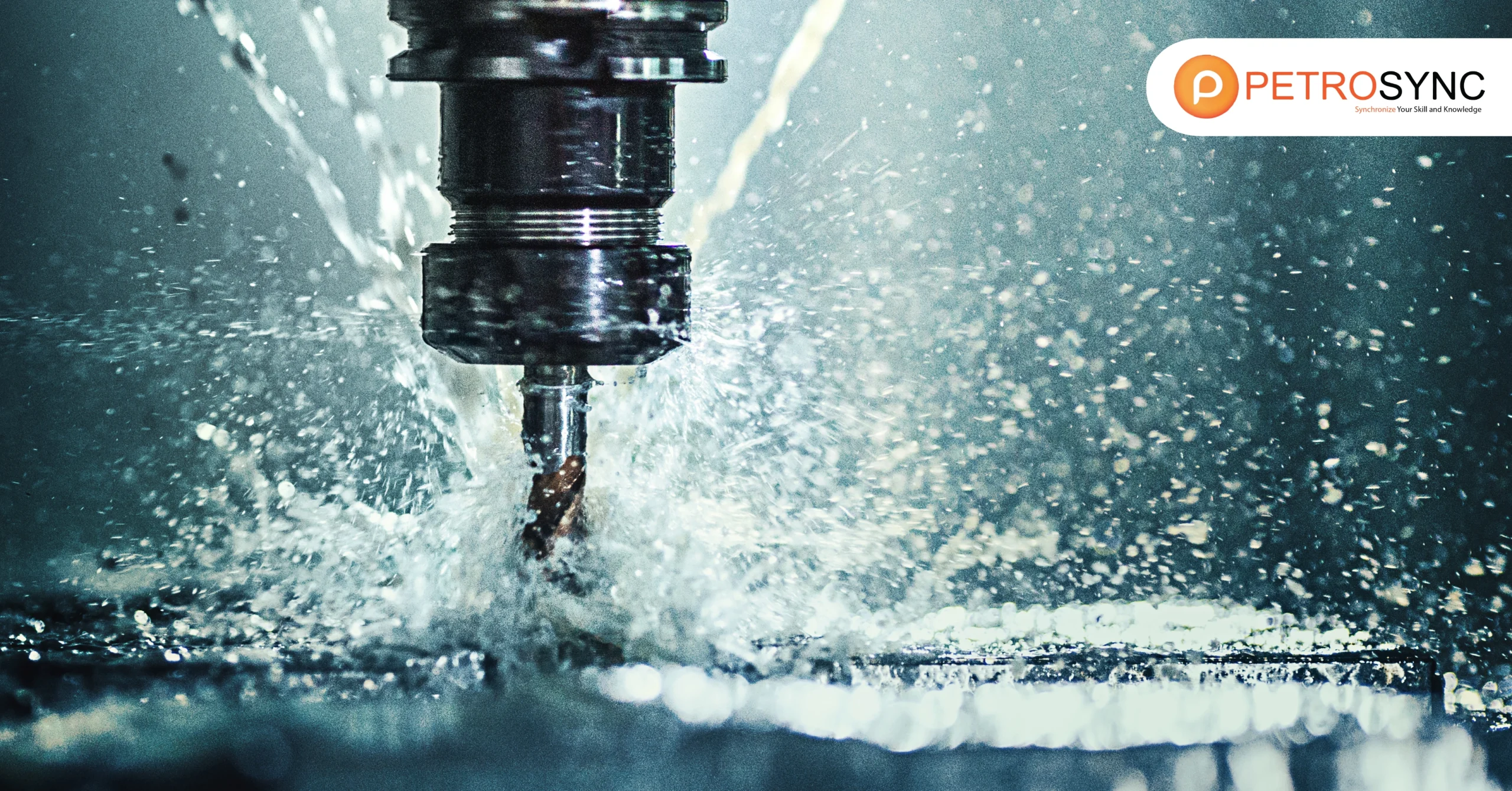In the oil and gas industry, the drilling process plays a critical role in determining overall production output. From accessing reservoirs to extracting valuable resources, every step in the drilling process directly impacts the efficiency and success of production operations.
What Is Drilling Process Engineering?
Drilling engineering is the field of study and practice that focuses on the methods and technologies used to drill holes into the earth’s surface for various purposes, such as extracting oil and gas, obtaining water, or conducting geological surveys. It encompasses the science behind the wells that produce oil and gas.
Drilling in the engineering field involves designing and planning the drilling process, selecting the appropriate equipment and materials, and ensuring the safety and efficiency of the drilling operations. In essence, drilling engineering is about finding the best ways to bore into the ground to access valuable resources or gather important data.
What Are The Steps in The Drilling Process?
Before we delve into the drilling process, let’s break down the steps involved to make it easier to understand.
1. Preparing The Drilling Rig Site
Before drilling operations can commence, thorough preparation of the drilling site is essential. This involves establishing necessary infrastructure such as access roads, pads, and facilities for water and electricity. Additionally, safety protocols must be implemented, and all required permits obtained. This stage ensures that the drilling site is equipped to support safe, responsible, and compliant drilling activities.
2. Drilling
With the site prepared, drilling begins by creating the initial surface hole. This hole is drilled past the deepest fresh water aquifer to prevent any contamination of water sources. Subsequently, steel casing, known as ‘surface casing’, is inserted into the hole to provide structural integrity and prevent collapse.
Special drilling mud is circulated during drilling to regulate temperature, stabilize the borehole walls, and remove debris. Cement is then pumped into the casing, creating a protective barrier between the borehole and surrounding formations. In some cases, horizontal drilling techniques are employed to access resources efficiently, particularly in shale formations.
3. Well Completion
Once the casing is in place, the next step is well completion. This involves establishing a connection between the casing and the rock layer containing the oil or gas reservoir. A perforating gun is lowered into the well and used to create holes in the casing and penetrate the target rock formation. These perforations enable the flow of hydrocarbons into the wellbore, initiating production.
4. Hydraulic Fracturing
Following well completion, hydraulic fracturing or fracking may be utilized to enhance production from the reservoir. This process involves pumping a fluid mixture, typically composed of water, sand, and small amounts of chemical additives, into the wellbore at high pressure.
The pressure fractures the surrounding rock, creating pathways for oil and gas to flow more freely. The sand, known as proppant, holds the fractures open, allowing for sustained production.
5. Oil and Natural Gas Production
After hydraulic fracturing, oil and gas can be extracted from the reservoir and flow to the surface through the wellbore. During initial production, a portion of the fracturing fluid is recovered along with the hydrocarbons. This fluid is either recycled for use in future fracturing operations or disposed of in accordance with environmental regulations.
6. Well Abandonment
Finally, when the well reaches the end of its productive life, it must be properly abandoned. This involves filling the wellbore with cement to prevent any potential leakage of fluids into surrounding formations. Surface equipment is removed, and the well site is restored to its original condition. This ensures environmental protection and minimizes the footprint of the drilling operation.
What Are Drilling Methods Used To Extract Oil and Gas?
1. Conventional Drilling
Conventional drilling involves vertical drilling into underground reservoirs where oil and gas are trapped in porous rock formations. A vertical well is drilled straight down into the reservoir, allowing for the extraction of hydrocarbons through natural pressure or by using artificial lift methods such as pumps. This method has been widely used for decades and is suitable for accessing conventional oil and gas deposits found in permeable rock formations.
2. Horizontal Drilling
Horizontal drilling is a technique used to enhance production from reservoirs that are not easily accessible through vertical drilling alone. In this method, the wellbore is drilled vertically to a certain depth before gradually curving horizontally within the target formation.
By drilling horizontally along the reservoir, a larger surface area is exposed to the wellbore, allowing for increased production rates and improved recovery of oil and gas. Horizontal drilling is particularly effective in shale formations, where the rock is less permeable and requires additional stimulation techniques such as hydraulic fracturing to release trapped hydrocarbons.
3. Directional Drilling
Directional drilling involves steering the drill bit at an angle to reach specific targets or bypass obstacles underground. This method allows operators to access reserves that may be located beneath sensitive areas or inaccessible terrain, reducing surface disturbances and environmental impact. Directional drilling can be combined with horizontal drilling to further optimize well placement and maximize production from challenging reservoirs.
4. Multilateral Drilling
Multilateral drilling involves drilling multiple branches or laterals from a single wellbore, allowing for the exploitation of multiple reservoirs or different zones within the same reservoir. This method provides operational flexibility and efficiency by reducing the need for multiple wellbores and surface infrastructure. Multilateral wells can increase overall production rates and maximize resource recovery while minimizing the environmental footprint associated with drilling operations.
Each of these drilling methods offers unique advantages and is selected based on factors such as reservoir characteristics, geologic conditions, and project economics. By employing various drilling techniques, oil and gas operators can optimize production and maximize the recovery of valuable hydrocarbon resources.
What Are Some Key Knowledge Important for Drilling?
1. Applied Drilling Well Engineering
In PetroSync’s Applied Drilling Well Engineering course, you will explore well design and construction deeply over five days. This course aims to equip you, as a well engineer, with practical skills and advanced techniques essential for your role. By engaging in hands-on learning with real-world scenarios, you will enhance your ability to design wells effectively. Understanding well construction is crucial for ensuring safe and efficient drilling operations.
2. Advanced Well Log Analysis Interpretation
In the Advanced Well Log Analysis & Interpretation training, you will learn about the importance of well logs in understanding geological formations and evaluating reservoir properties. These records provide valuable insights into the quality and potential of reservoirs, essential for maximizing oil recovery. By mastering techniques for analyzing and interpreting well logs, you’ll contribute significantly to exploration and production efforts.
3. Well Completion Workover
The Well Completion Workover training provides essential knowledge about completing and maintaining wells for continuous production. Understanding completion techniques and equipment selection is vital for ensuring well integrity and optimizing production rates. This training prepares you to tackle various completion challenges confidently, contributing to the success of drilling projects.
4. Well Integrity Cased Hole Logging
In the Well Integrity Cased Hole Logging training, you’ll learn about rock physics properties and petrophysical parameters critical for interpreting cased hole logs. Understanding these logs is essential for monitoring reservoir conditions and ensuring well integrity. This training equips you with the skills needed to assess reservoir quality accurately, contributing to effective reservoir management.
5. Advanced HPHT Well Engineering
The Advanced HPHT Well Engineering Training focuses on equipping drilling and completion engineers with expertise in High-Pressure and High-Temperature (HPHT) well operations. Understanding the challenges of HPHT conditions is crucial for designing and executing successful drilling projects. This training provides practical experience and theoretical knowledge to handle HPHT issues effectively, ensuring safe and efficient operations.
6. Water Flooding Management
In the Water Flooding Management training, you’ll learn about the importance of water flooding in secondary oil recovery. Understanding the mechanics of water flooding and its operation is essential for enhancing oil recovery from reservoirs. This training prepares you to operate and optimize water injection systems, contributing to increased oil production and reservoir management.
7. Artificial Lift Method
In the Artificial Lift Methods training, you’ll explore various solutions for artificial lift and production optimization. Understanding different lift methods and their applications is crucial for maintaining production rates and optimizing well performance. This training equips you with the knowledge needed to select and implement appropriate lift solutions, contributing to efficient production operations.
8. Stuck Pipe Prevention Fishing Operation
In the Stuck Pipe Prevention training, you’ll learn practical techniques for eliminating or reducing incidents of stuck pipes during drilling operations. Minimizing stuck pipe events is essential for avoiding costly downtime and maintaining drilling efficiency. This training provides valuable strategies and insights to prevent and resolve stuck pipe incidents effectively.
9. Coiled Tubing
In the Coiled Tubing Operation training, you’ll gain a comprehensive understanding of coiled tubing operations and their role in oil fields. Understanding coiled tubing technologies and applications is essential for enhancing well performance and efficiency. This training equips you with practical skills and knowledge to conduct coiled tubing operations safely and effectively.
10. Oil Process Facilities
In the Oil Process Facilities training, you’ll learn about the functions of various components in oil field operations. Understanding oil process facilities is crucial for optimizing production and improving operational performance. This training fosters teamwork and cooperation among technical disciplines, contributing to safe and cost-effective operations.
11. Upstream Petroleum Economics, Risk, And Fiscal Analysis
In the Upstream Petroleum Economics, Risk, and Fiscal Analysis training, you’ll learn how to evaluate investments in the oil and gas industry. Understanding economic indicators and conducting risk analysis is essential for making informed business decisions. This training provides valuable skills for assessing the feasibility and profitability of upstream oil and gas investments.
12. Wellbore Treatment
In the Wellbore Treatments training, you’ll gain a deeper understanding of treatments used to improve well performance. Understanding formation properties and treatment techniques is crucial for enhancing production rates and optimizing reservoir recovery. This training equips you with the knowledge and skills needed to implement wellbore treatments effectively, contributing to successful drilling projects.
In conclusion, mastering the skills related to the drilling process is essential for any engineer working in this field. Whether it’s understanding well design, analyzing well logs, ensuring well integrity, or implementing artificial lift methods, each skill plays a crucial role in the success of drilling operations. By honing these skills, you not only enhance your ability to design and execute drilling projects effectively but also contribute to maximizing oil and gas recovery, ensuring operational efficiency, and maintaining safety standards.
Therefore, PetroSync highly recommends you to consider taking drilling training courses. Our courses provide practical insights, advanced techniques, and hands-on experience essential for mastering the intricacies of drilling engineering.
Credit: iStock

SEO specialist by day, fact-checker by night. An avid reader and content writer dedicated to delivering accurate and engaging articles through research and credible sources.

